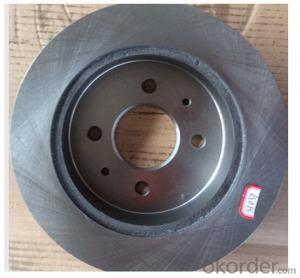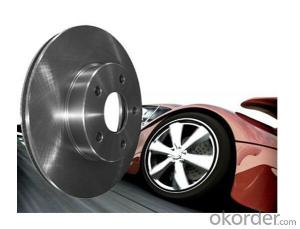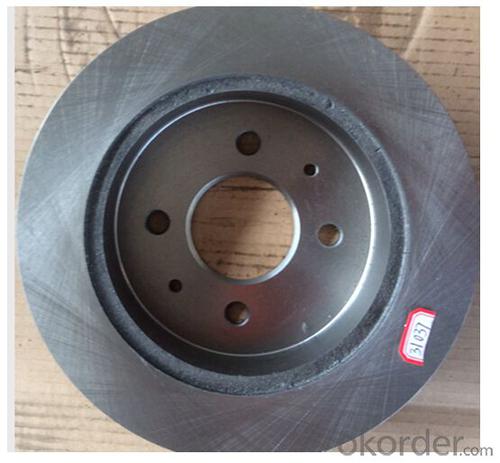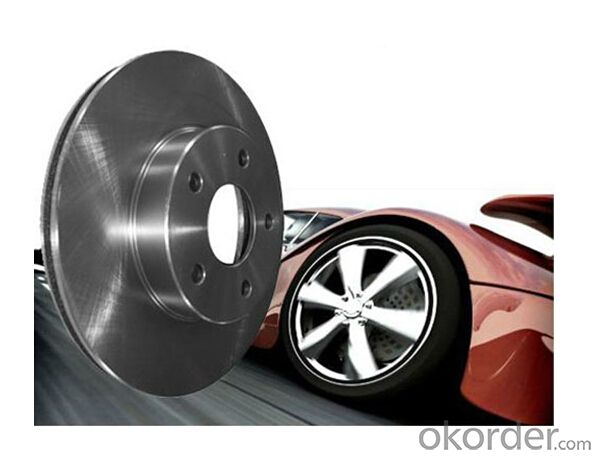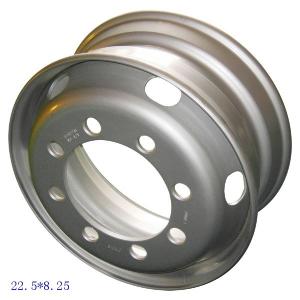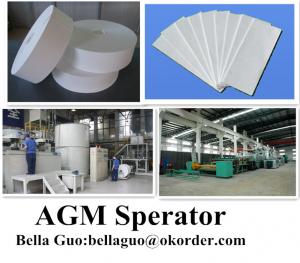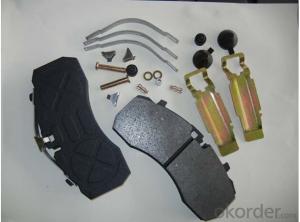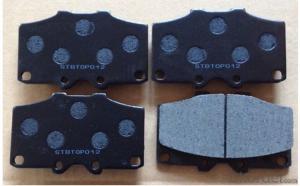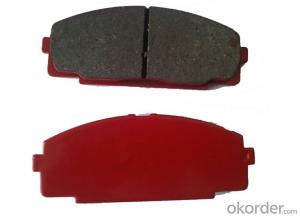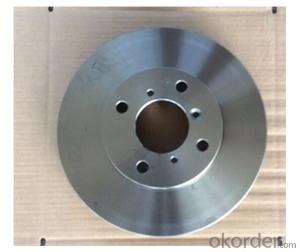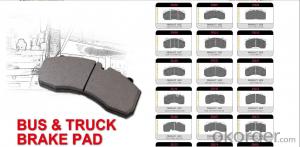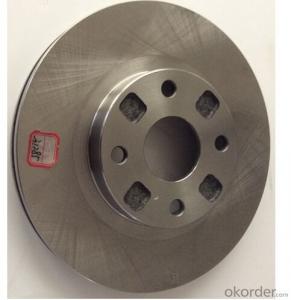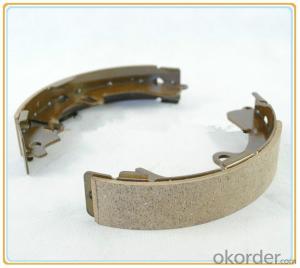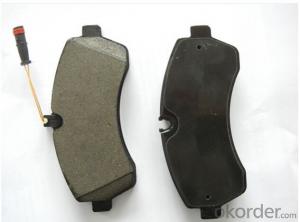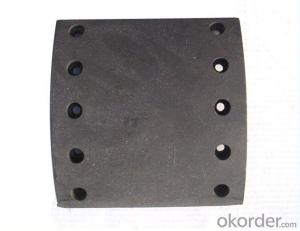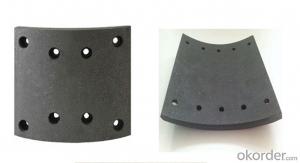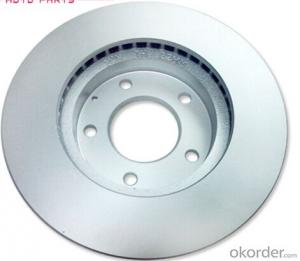Braking Disc Aimco 3257 Oe43512-35190
- Loading Port:
- Qingdao
- Payment Terms:
- TT OR LC
- Min Order Qty:
- 100 set
- Supply Capability:
- 50000 set/month
OKorder Service Pledge
OKorder Financial Service
You Might Also Like
Product Details
Basic Info.
Certification:ECE
Type:Brake Discs
Material:Non-Asbestos
Position:Front
Export Markets:Global
Product Description
Brake disc
Standard: E-MARK
Origin: China
Features:
1) Hardness: 180-240HB
2) Long service life
3) 100% crucial dimension inspection
4) 100% qualification
5) Low noise
Standard for casting is G3000. Standard for machining is SAE-J431.
We use AIMCO# and OEM# and right now we have more than 1, 900 items that can be supplied to the aftermarket
AIMCO# | AIMCO# | AIMCO# | AIMCO# | AIMCO# | AIMCO# | AIMCO# |
3102 | 3438 | 5361 | 5588 | 8978 | 31163 | 31353 |
3104 | 3441 | 5362 | 5590 | 8979 | 31164 | 31354 |
3106 | 3444 | 5364 | 5593 | 8980 | 31165 | 31355 |
3107 | 3445 | 5365 | 5594 | 8981 | 31166 | 31356 |
3108 | 3446 | 5366 | 5595 | 8983 | 31168 | 31357 |
3110 | 3451 | 5367 | 5596 | 8984 | 31169 | 31358 |
3111 | 3452 | 5368 | 5598 | 8985 | 31170 | 31359 |
3112 | 3455 | 5370 | 5599 | 8986 | 31172 | 31360 |
3114 | 3457 | 5371 | 5601 | 8987 | 31173 | 31361 |
3116 | 3458 | 5372 | 5606 | 8988 | 31174 | 31362 |
3117 | 3459 | 5373 | 5607 | 8989 | 31175 | 31363 |
3118 | 3460 | 5374 | 5610 | 8990 | 31176 | 31364 |
3120 | 3462 | 5375 | 5614 | 8991 | 31177 | 31365 |
3122 | 3464 | 5376 | 5617 | 8992 | 31178 | 31366 |
3123 | 3466 | 5377 | 5618 | 8993 | 31179 | 31367 |
3124 | 3467 | 5378 | 5703 | 8994 | 31181 | 31368 |
3125 | 3468 | 5379 | 5704 | 8995 | 31182 | 31369 |
3126 | 3469 | 5381 | 5712 | 8996 | 31184 | 31370 |
3130 | 3470 | 5382 | 8101 | 8997 | 31185 | 31371 |
3132 | 3471 | 5383 | 8105 | 8998 | 31186 | 31372 |
3133 | 3472 | 5386 | 8106 | 8999 | 31188 | 31373 |
3134 | 3477 | 5387 | 8108 | 31000 | 31189 | 31374 |
3136 | 3479 | 5388 | 8109 | 31001 | 31192 | 31375 |
3137 | 3480 | 5389 | 8124 | 31002 | 31193 | 31376 |
3138 | 3482 | 5393 | 8141 | 31003 | 31197 | 31377 |
3140 | 3483 | 5394 | 8146 | 31004 | 31198 | 31378 |
3141 | 3485 | 5395 | 8147 | 31005 | 31199 | 31379 |
3146 | 3487 | 5396 | 8160 | 31006 | 31201 | 31380 |
3150 | 3488 | 5397 | 8163 | 31007 | 31202 | 31381 |
3151 | 3489 | 5398 | 8171 | 31008 | 31203 | 31382 |
3152 | 3497 | 5399 | 8173 | 31009 | 31204 | 31383 |
3153 | 3498 | 5401 | 8179 | 31010 | 31205 | 31384 |
3154 | 3502 | 5404 | 8190 | 31011 | 31208 | 31385 |
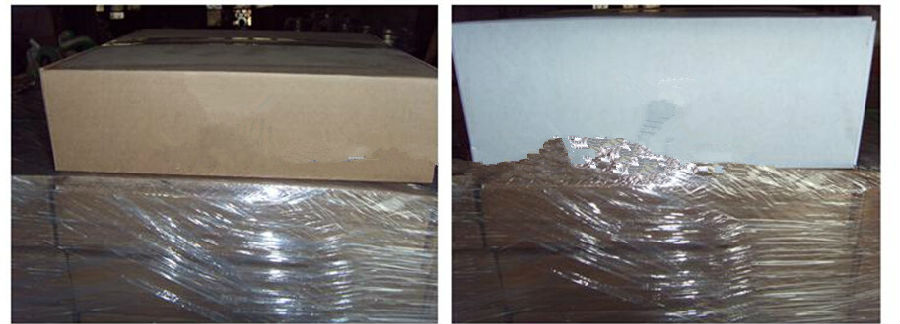
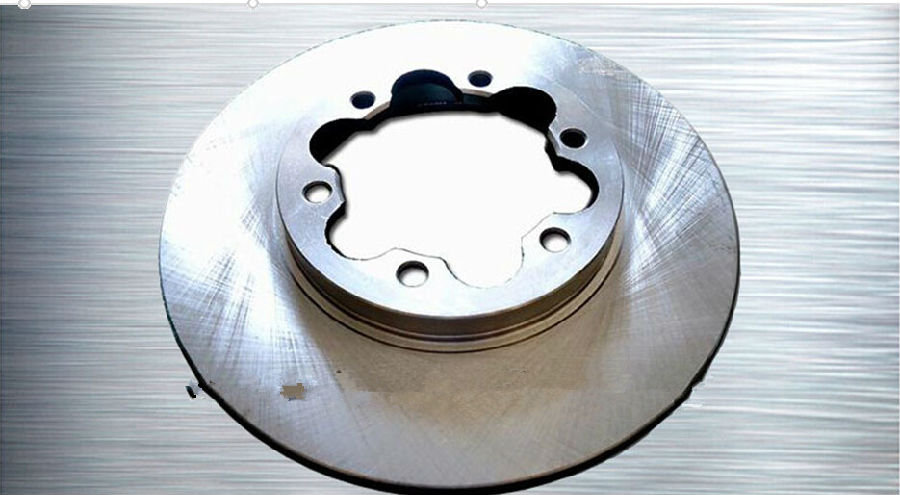
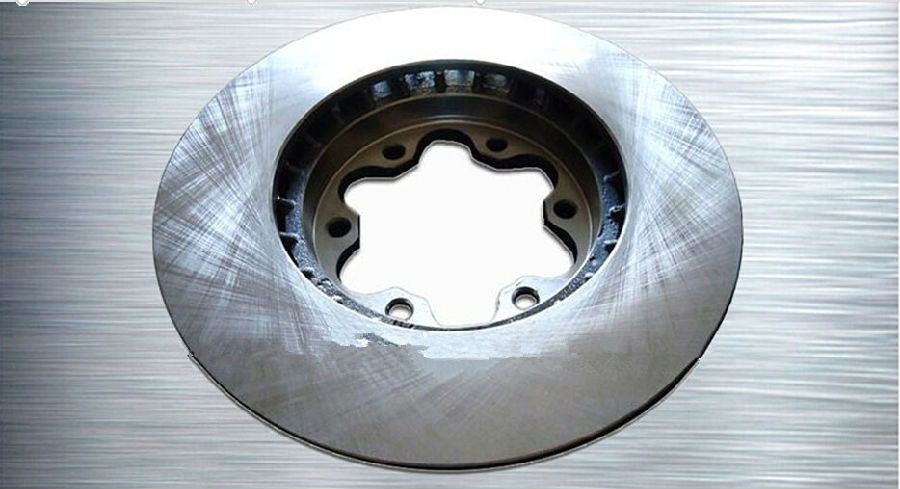
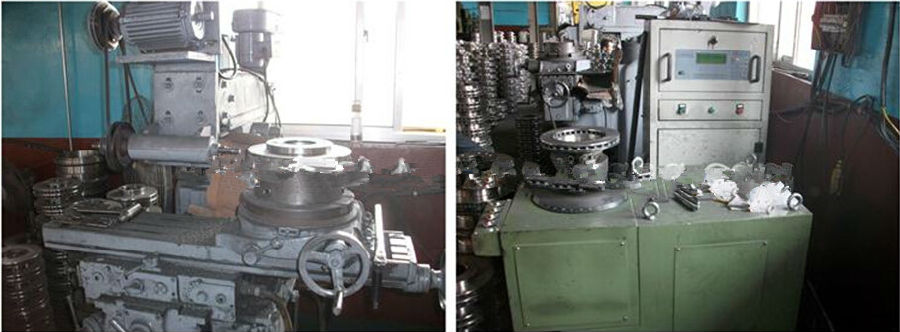
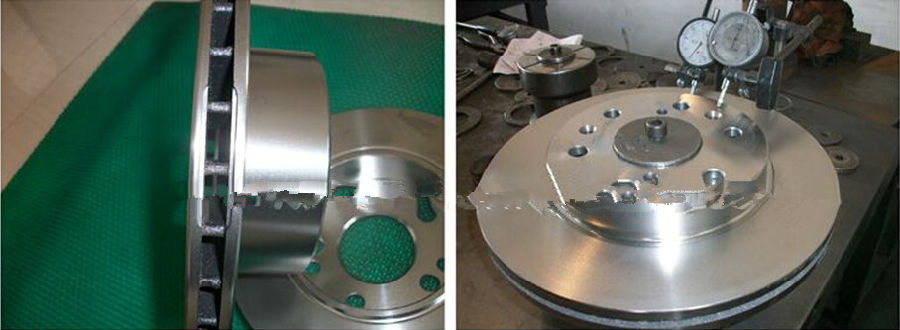
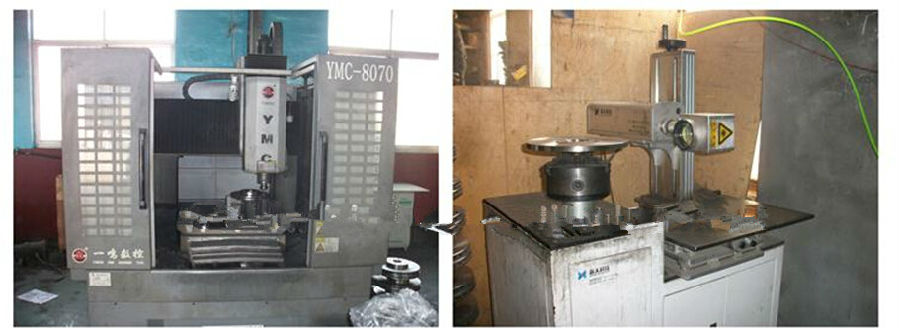
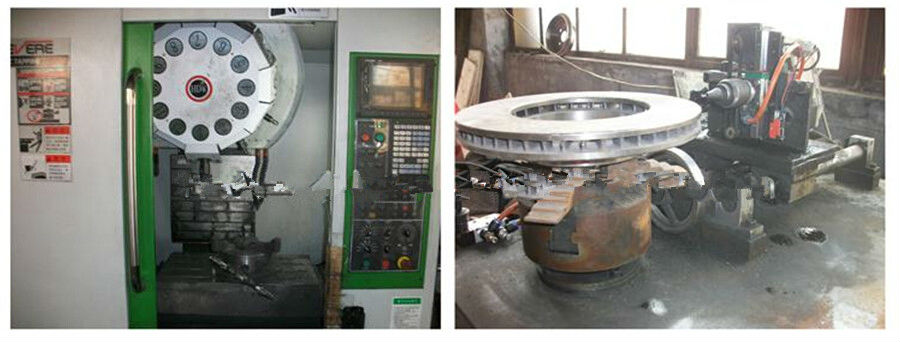
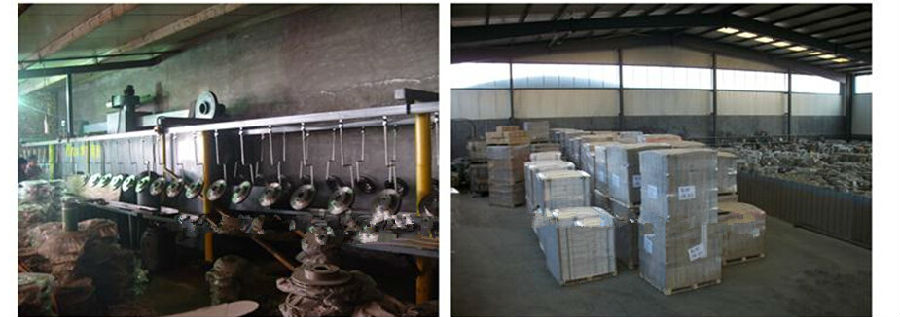
- Q: One of my friends happened when I was out of a car. Is someone else driving first riding a motorcycle man hit fly, my friend drove did not stop the car, put the motorcycle testicles in the process of brazing to squeeze out. I do not know motorcycle men have no sexual ability, injured men have 40 years old.
- The testes have two main functions. The testes are made of a complex process to produce sperm, which is fed into the vagina by the sexual propulsion system. Another equally important function of the testis is the production of testosterone, the male hormone. With this hormone, the male sexual function can play.
- Q: Hi. I currently ride a Honda CG 125 however I haven‘t been riding a geared bike long. My problem is that I tend to use the front brake all the time as I feel it is more convenient for me and don‘t use the back brake. Do you have any tips in which I can practise using my back brake?Many thanks
- The back brake is very important when stopping a bike. The rear brake accounts for about 20% of your stopping power. As you stop the weight of the motorcycle shifts towards the front of the bike and progressively removes weight from the rear brake. So, the front contains most of the stopping power. However; Do you really want to reduce your breaking power by 20%? In a panic stop 20% is VERY important. Consider an obstacle 100ft in front of you, apply both brakes you have 20 feet to spare, apply only the front you are on top of the obstacle.
- Q: I want to buy a motorcycle, but I don‘t want to just go out and buy one without knowing how to ride. And how do I practice riding?? Is some guy really going to let me test-drive his motorcycle without me being licensed or experienced.??
- ride a bicycle-that will introduce you to some basics of balance, steering, braking and road rules. go from there- yes if you pay enough, someone will hire you a bike to learn to ride on. Damage it you will pay the excesses on his insurance. The hardest part of riding a bike is developing safe thinking. Controlling the bike is easy, controlling yourself is much more difficult, but essential if you want to live to get old. Emotionally unstable people should not ride, nor drive.
- Q: How to repair a motorcycle brake pump
- On the pump, or under the pump? General pump is not easy to bad, is not into the air. You can drain the air. That is not only for the change
- Q: When im on my motorcycle i was taught to brake before entering a turn, which is what ive always done. i was also taught that if you try to slow down in the middle of a turn, your rear wheel will slide out from under you and cause a slide (ive seen it happen to a student).are there any techniques i can use to overcome my fear of sliding and brake during a turn carefully?
- I believe most riders go through times when they become apprehensive about sliding out in a turn. It takes practice to develop confidence in the bike and your driving skills. Just braking in a turn won't slide out the rear tire: it depends on how hard you are braking, the angle of the turn, etc. What I've learned in years of riding and teaching rookies how to corner is to start with slow riding skills in a parking lot to get a feel for how far you can lean your bike before it falls. Then ride on open roads with sweeping curves to build confidence, finally going to tighter curves as confidence builds. As much as possible, slow before the curve, and accelerate (or hold a steady throttle) in the curve. The worst thing you can do it vary throttle and brake input up and down in a curve. That throws the bike's dynamics off. I've always felt is was better to have someone ridicule me for a slow rider in curves than feel badly for me as I lay broken at the edge of a curve.
- Q: what brake pads did you use?
- I'm a dirt MX guy and I have had great luck with EBC pads. W hen I used to ride street I used Ferrodo and EBC, sintered metallic compound.
- Q: How does the motorcycle move downhill?
- In view of the novice, according to the road you said, it is strongly recommended not to slip the car and pinch clutch skidding, very dangerous! Downhill when used as low as possible (3 files below) low speed, until the road and the car are slowly familiar with, and can be appropriate faster!
- Q: what are the best brake pads for chrome rotors on a motorcycle?
- So it doesn#x27;t over heat and create an electrical fire
Send your message to us
Braking Disc Aimco 3257 Oe43512-35190
- Loading Port:
- Qingdao
- Payment Terms:
- TT OR LC
- Min Order Qty:
- 100 set
- Supply Capability:
- 50000 set/month
OKorder Service Pledge
OKorder Financial Service
Similar products
Hot products
Hot Searches
Related keywords
